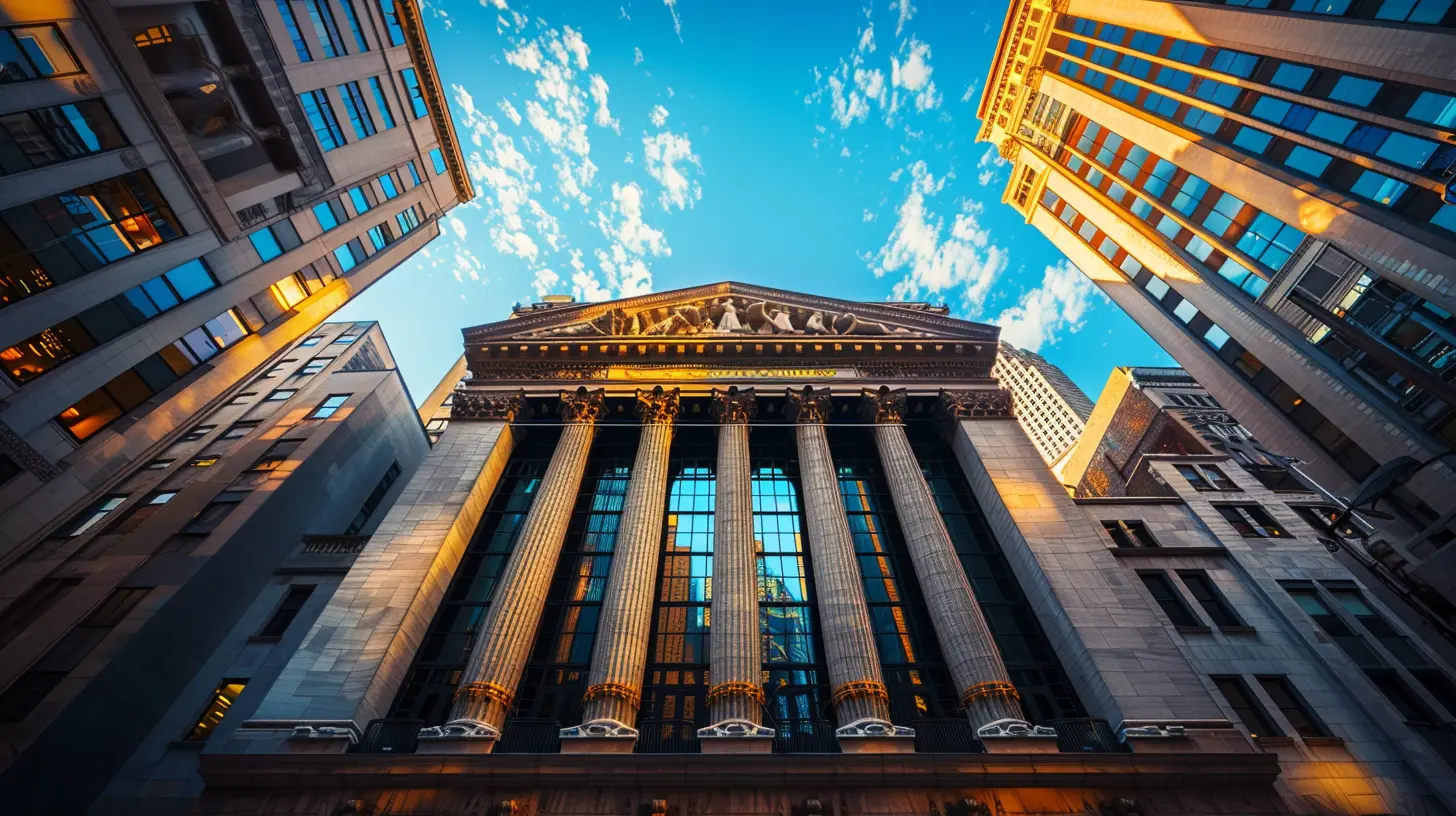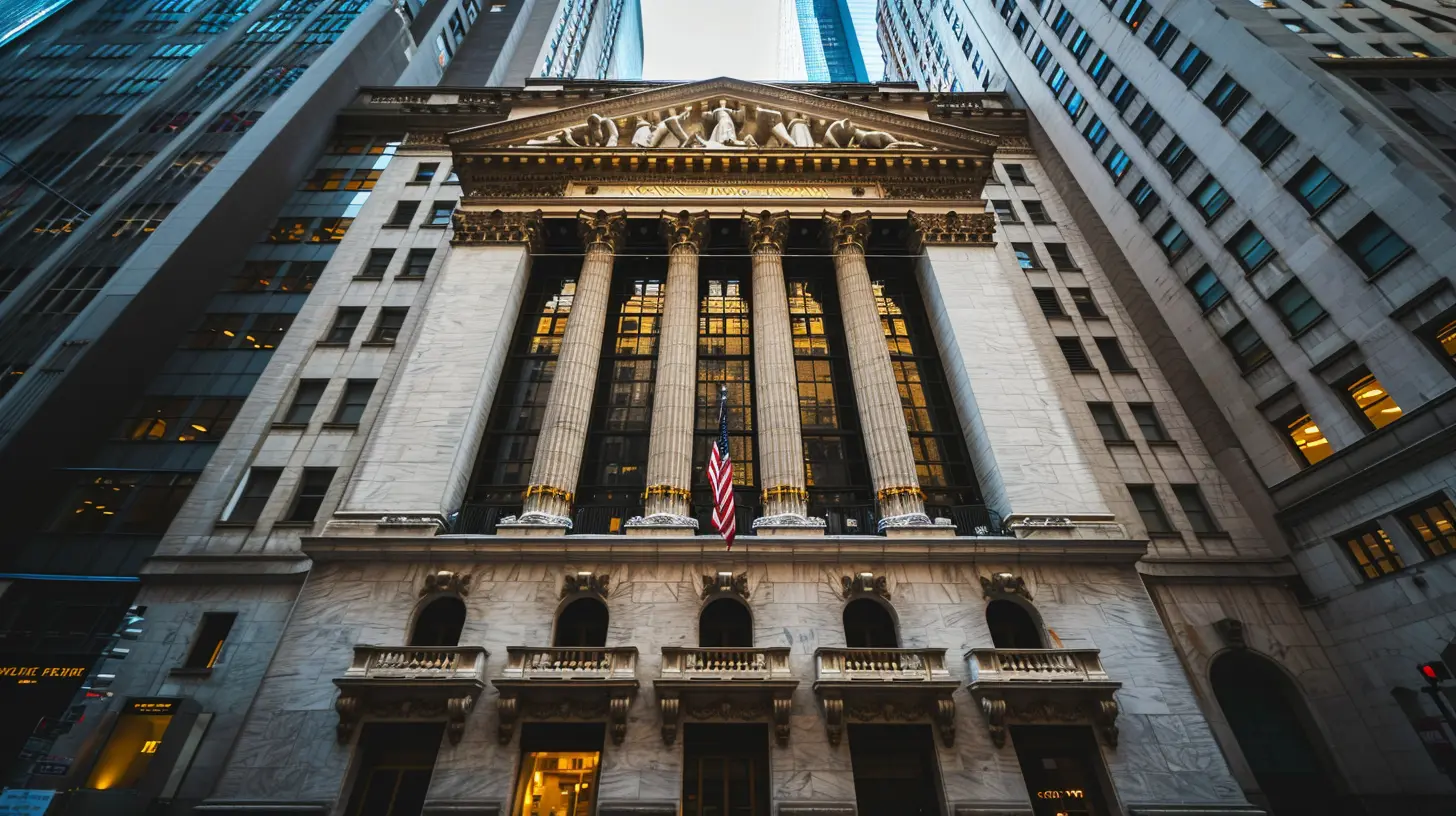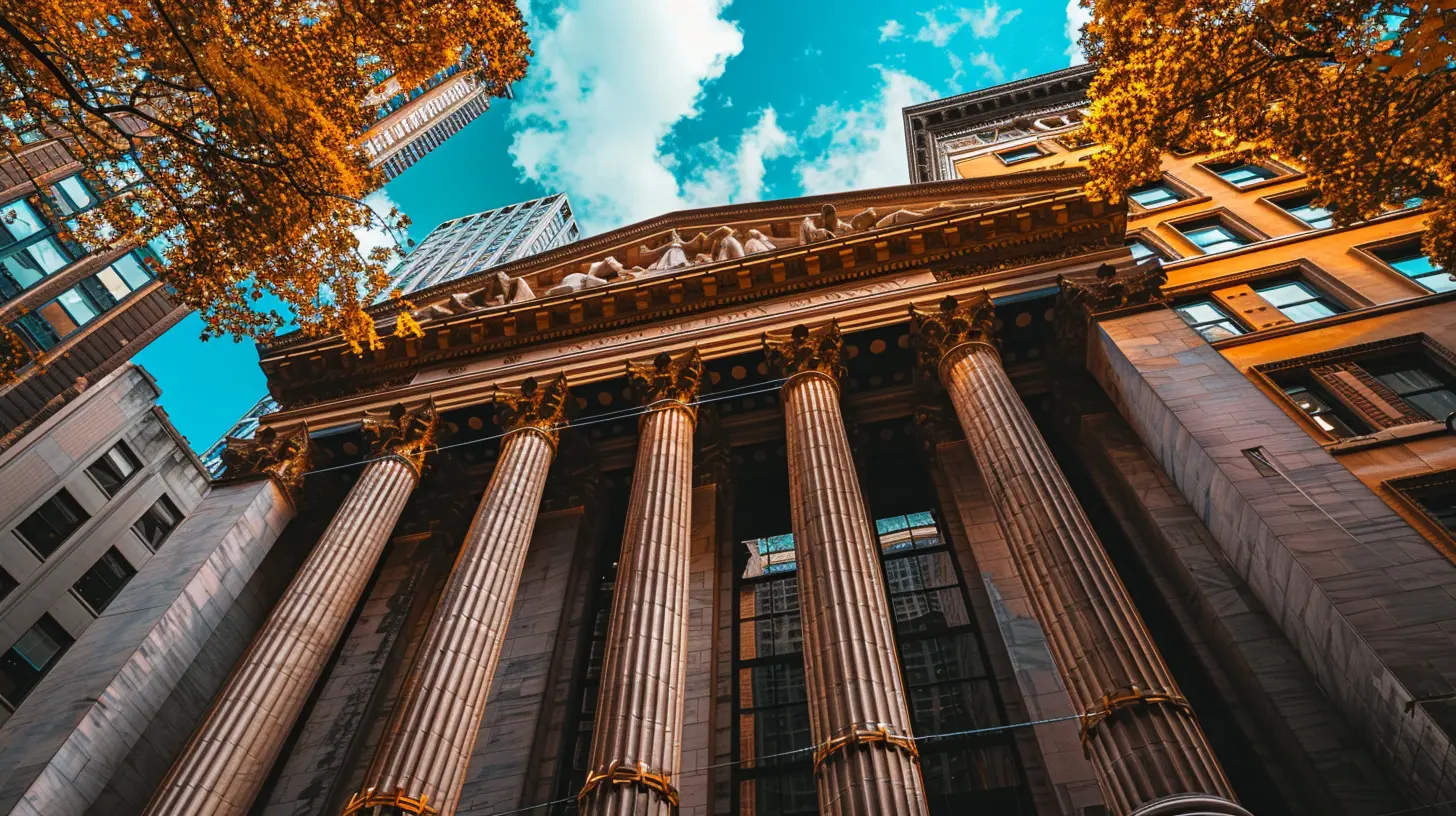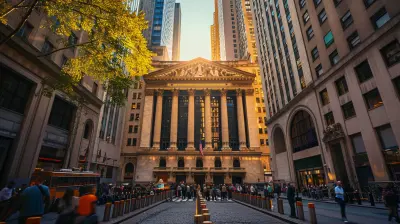How Interest Rates Shape the Stock Market Trends
6 July 2025
Ever heard someone say, “The Fed just changed the interest rate,” and everyone around you gasped like it's the end of the world? You’re not alone if you've ever wondered: Why does everyone stress so much over interest rates?
Well, brace yourself! Because today, we’re diving deep (and fun) into how interest rates play puppet master with the stock market. Yep, those tiny percentage changes you hear about on financial news aren’t just nerdy figures—they have the power to shift billions of dollars and make or break investor portfolios.
Whether you're a stock investor, a finance enthusiast, or just someone trying to wrap your head around Wall Street, we’re here to unpack it all in clear, easy language. Let’s go!
What Are Interest Rates Anyway?
Alright, let’s start with the basics, shall we?An interest rate is like the price of money. Imagine borrowing money as renting a car. You don’t just get the car for free—you pay a fee to use it. In money terms, that fee is the interest.
When the Federal Reserve (aka “the Fed” – which is like the boss of U.S. monetary policy) changes interest rates, it essentially changes how cheap or expensive it is to borrow money.
The two main types you’ll hear about are:
- Federal Funds Rate: The rate banks charge each other for overnight loans.
- Prime Rate: The rate banks give their most creditworthy customers.
All other lending rates (like for mortgages, credit cards, business loans) cascade down from the federal funds rate.
So, How Do Interest Rates Affect Stocks?
Great question! Stocks and interest rates are like that couple who can’t decide if they love or hate each other. Here's how they influence each other:1. 🏦 Interest Rates and Corporate Profits
Think about it: businesses borrow money to grow—maybe to open a new store, launch a product, or hire more staff.But if borrowing becomes more expensive due to higher rates, guess what? Companies might pause or slow their plans. That shrinks profits.
And since stock prices are largely based on future earnings, investors get jittery when those earnings might dip. That often sends stock prices down.
2. 😰 Investor Behavior and Sentiment
When rates go up, safe investments like bonds and savings accounts start to offer better returns. That lures investors away from riskier stocks, especially those with slim profit margins or potential future growth (like tech startups).On the flip side, when interest rates drop, people might say, “Why leave my money sitting in savings earning peanuts? Let’s take a chance on stocks!” Boom—stock markets rally.
3. 💰 Cost of Capital
This one gets deeper into the finance weeds, but stay with me.Every company calculates something called the cost of capital—basically how expensive it is for them to raise money through debt or equity. Higher interest rates = higher cost of capital = projects need to be more profitable to be worth the investment. Many don't pass the test.
Translation? Less growth. And again, fewer profits = less love from investors.
What Happens When Interest Rates Go Up?
It’s not always doom and gloom, but here’s the usual chain reaction:- Borrowing gets expensive: Fewer businesses and consumers take loans.
- Spending slows down: Consumers tighten their purse strings. That hurts companies, especially retailers and restaurants.
- Corporate earnings fall: And stock prices follow.
- Momentum shifts: Investors move from growth stocks to value or dividend-paying stocks.
- Suddenly, cash is cool again: Bonds, savings accounts, and CDs become attractive.
Sectors That Tend to Suffer:
- Tech: These companies rely heavily on future growth and innovation, which becomes hard to finance.- Real Estate: Higher mortgage rates scare off buyers.
- Consumer Discretionary: People cut back on non-essential spending.

What Happens When Interest Rates Go Down?
Ah, the sweet smell of lower interest rates! When the Fed wants to stimulate the economy, they usually cut rates. Here's how the stock market typically feels about it:- Cheap borrowing: Companies invest more, hire more, and expand operations.
- Consumer spending rises: People borrow to buy homes, cars, and gadgets.
- Stocks usually soar: Investors chase better returns than they’d get from savings accounts.
Sectors That Tend to Thrive:
- Tech and Growth Stocks: Easier money helps them thrive.- Real Estate: Lower mortgage rates = more buyers.
- Consumer Discretionary: More cash in people’s pockets means more spending.
Interest Rates and Inflation: The Dynamic Duo
Let’s talk about the elephant in the room—inflation.If inflation’s rising like a hot-air balloon, the Fed might raise interest rates to cool things down. Why? Higher rates slow down borrowing and spending, helping to control price increases.
But here's the catch: raising rates too much, too fast? That could trigger a recession—and that’s bad news for stocks across the board.
So, the Fed walks a tightrope: raise rates enough to tame inflation but not so much they crush economic growth. It's a delicate dance—like trying to balance a cup of coffee on your head while tap dancing.
Short-Term vs. Long-Term Market Reactions
Let’s be real: markets can be drama queens.When interest rate decisions are announced, stock prices sometimes swing wildly—not because of what actually happened, but because of what investors think it means for the future.
In the short term, expect:
- High volatility
- Knee-jerk reactions
- Media frenzy
In the long term, though:
- Rationality returns
- Fundamentals start to matter again (i.e., how the business is really doing)
It’s kind of like getting nervous before a big date—panicking about what to wear—but by the end of dinner, it's really about how well you connect.
The Role of Expectations and Surprises
Here’s a fun twist: sometimes it's not the actual rate hike or cut that moves the market, but the surprise element.If the Fed was expected to raise rates by 0.25% but suddenly hikes by 0.5%, the market might freak out. It’s not unlike expecting to stub your toe and instead falling down a flight of stairs. Shock causes stronger reactions.
Investors spend a ton of time pricing in expected rate moves. When reality differs from expectation, that's when the fireworks start.
How Can You Adjust Your Investing Strategy?
Alright! So now that you know how interest rates shape the stock market, what can you actually do with this info?Here are a few tips:
1. Diversify Your Portfolio
Some sectors do well when rates rise. Others shine when they fall. Don’t put all your eggs in one basket—mix it up like a good smoothie.2. Watch for Fed Signals
The Fed doesn’t like surprises. They often drop clues (called “forward guidance”). Tuning into those hints can help you position your investments early.3. Focus on Fundamentals
In both high-rate and low-rate environments, companies with strong balance sheets, low debt, and solid cash flow generally weather the storm best.4. Stay Calm and Invest On
Markets go through cycles. Timing them perfectly is near impossible (unless you have a crystal ball). Long-term investors usually win by staying consistent.Real-World Examples? You Got It!
Let’s talk history for a sec.Dot-Com Bubble (Late 1990s – Early 2000s)
Interest rates were relatively high going into 2000, and when the Fed tightened, it popped the bubble. Tech stocks crashed hard.Great Recession (2008)
As the economy tanked, the Fed slashed interest rates to near zero. Result? A massive bull market started in 2009 that lasted over a decade.Pandemic Mayhem (2020)
The Fed cut rates fast and hard when COVID-19 hit. Low rates and stimulus checks helped fuel a red-hot stock market rebound.2022 Rate Hikes
To fight inflation, the Fed hiked rates rapidly. Stocks got choppy, and tech took a beating. Investors scrambled to reevaluate everything.Final Thoughts: It’s All Connected
Interest rates may seem like boring banker stuff, but they’re actually the heartbeat of financial markets. They touch everything—from the price of your groceries to the performance of your retirement fund.So next time you hear about an interest rate hike or cut, pay attention. It might just offer a sneak peek into where the market is heading.
And remember—whether rates are up, down, or sideways—smart investing is all about keeping your cool, doing your homework, and focusing on the long game.
So, ready to tackle the market like a pro? You’ve got this!
all images in this post were generated using AI tools
Category:
Interest RatesAuthor:

Zavier Larsen
Discussion
rate this article
2 comments
Solaria Hudson
Great article! You did a fantastic job explaining the intricate relationship between interest rates and stock market trends. Your insights on how these factors influence investor behavior are particularly valuable. Understanding this dynamic can really empower investors to make informed decisions. Keep up the excellent work in simplifying complex concepts!
November 16, 2025 at 3:25 AM

Zavier Larsen
Thank you so much for your kind words! I'm glad you found the article insightful and helpful in understanding this important relationship. Your support means a lot!
Gabriel McDaniel
Understanding how interest rates influence stock market trends empowers investors to make informed decisions. Embrace the journey of learning, as each insight brings you closer to financial success and the opportunity to thrive in changing markets!
July 17, 2025 at 10:33 AM

Zavier Larsen
Thank you for your insightful comment! Understanding interest rates is indeed crucial for making informed investment decisions and navigating the dynamic stock market. Happy investing!


